Economic Benefits of Upcycling
The economic advantages associated with upcycling are increasingly influencing the upcycled ingredients market. By utilizing surplus materials, companies can reduce raw material costs, which can be particularly beneficial in a fluctuating market. For instance, the upcycled ingredients market is estimated to reach $1.5 billion by 2027, driven by the cost-effectiveness of sourcing ingredients that would otherwise be discarded. This economic incentive encourages food manufacturers to innovate and incorporate upcycled ingredients into their products, thereby expanding their market reach. As businesses recognize the financial benefits of upcycling, the industry is likely to experience accelerated growth.
Rising Awareness of Food Waste
The increasing awareness of food waste among consumers is a pivotal driver for the upcycled ingredients market. In the US, approximately 30-40% of the food supply is wasted, leading to a growing demand for solutions that repurpose this surplus. Consumers are becoming more conscious of their environmental impact, prompting a shift towards products that utilize upcycled ingredients. This trend is reflected in market data, which indicates that the upcycled ingredients market is projected to grow at a CAGR of 5.5% from 2025 to 2030. As consumers seek to minimize waste, brands that incorporate upcycled ingredients into their offerings are likely to gain a competitive edge, thereby driving market growth.
Consumer Preference for Transparency
Consumer preference for transparency in food sourcing is a significant driver for the upcycled ingredients market. As consumers demand more information about the origins and production processes of their food, brands that utilize upcycled ingredients can leverage this trend to build trust and loyalty. Research indicates that 70% of consumers are willing to pay more for products that are sustainably sourced. This shift towards transparency not only enhances brand reputation but also encourages the adoption of upcycled ingredients, as companies highlight their commitment to sustainability. Consequently, the upcycled ingredients market is poised for growth as brands align with consumer expectations.
Support from Food Industry Initiatives
Support from various food industry initiatives is fostering growth in the upcycled ingredients market. Organizations and coalitions focused on reducing food waste are actively promoting the use of upcycled ingredients, providing resources and guidance to manufacturers. Initiatives such as the Upcycled Food Association are working to establish standards and certifications for upcycled products, which can enhance consumer confidence. As these initiatives gain traction, they are likely to encourage more companies to adopt upcycled ingredients, thereby expanding the market. The collaborative efforts within the food industry are expected to drive innovation and increase the availability of upcycled ingredients in the marketplace.
Technological Advancements in Processing
Technological advancements in food processing are playing a crucial role in the upcycled ingredients market. Innovations in extraction and preservation techniques enable manufacturers to efficiently convert food waste into valuable ingredients. For example, advancements in enzymatic processing allow for the extraction of nutrients from by-products, enhancing the quality of upcycled ingredients. This technological evolution is expected to drive market growth, as companies can produce high-quality products that meet consumer demands. The upcycled ingredients market is likely to benefit from these innovations, as they facilitate the integration of upcycled ingredients into mainstream food products.


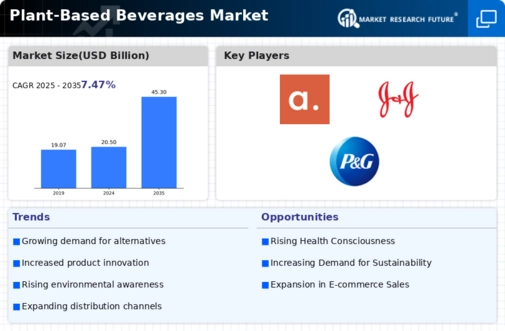

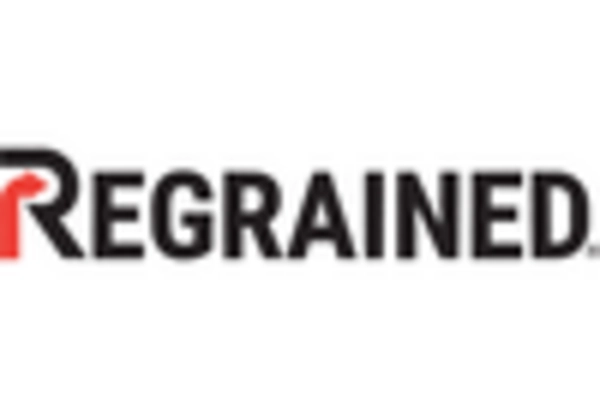
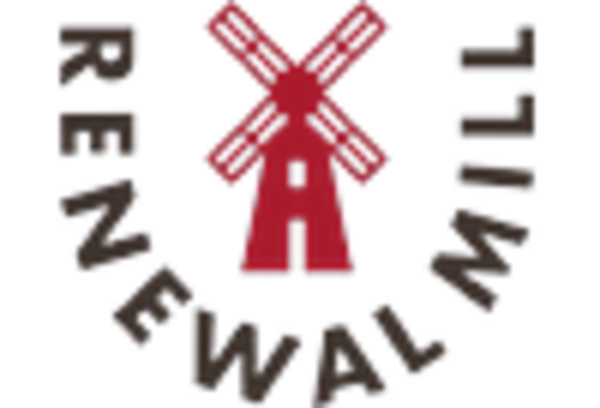

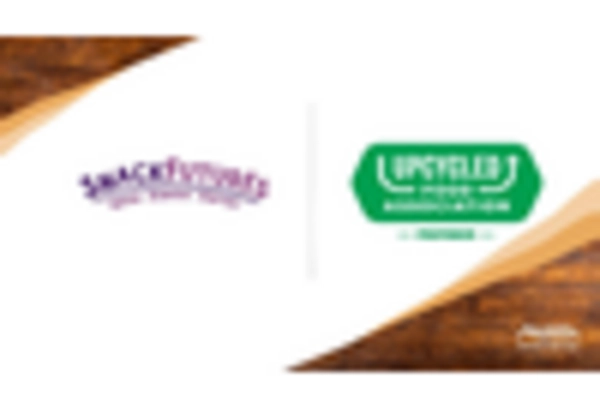
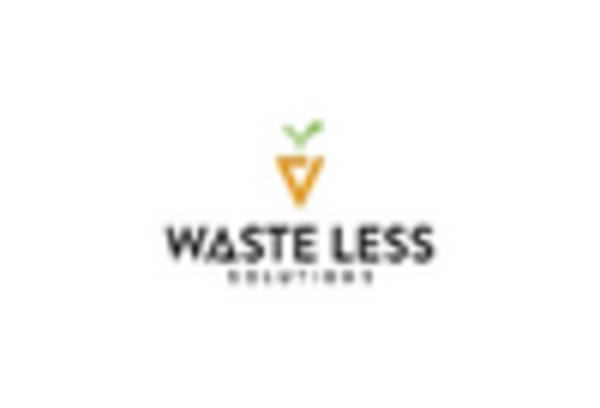








Leave a Comment